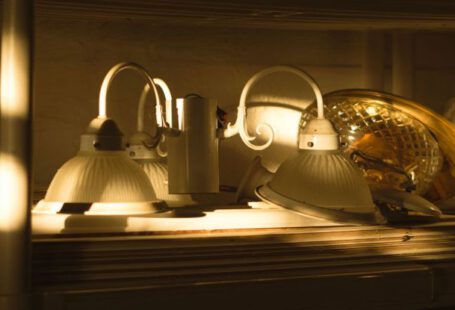Building a budget PC can be an exciting venture, offering the opportunity to create a customized system that meets your specific needs without breaking the bank. However, even with careful planning and research, there are common issues that budget PC builders may encounter along the way. Understanding these challenges can help you navigate the process more effectively and ensure that you end up with a system that performs well within your budget constraints.
Compatibility Concerns
One of the most common issues that budget PC builders face is compatibility problems between components. When selecting parts for your system, it is crucial to ensure that they are all compatible with each other in terms of form factor, power requirements, and connectivity. Failure to do so can result in components that do not work together properly, leading to system instability or even complete failure.
To address this issue, it is essential to research each component thoroughly before making a purchase. Check the specifications provided by the manufacturer to confirm compatibility with the other parts you plan to use in your build. Additionally, consider using online resources such as PCPartPicker, which can help you identify potential compatibility issues before you make a purchase.
Limited Upgrade Options
Another common issue with budget PCs is the limited upgrade options that may be available down the line. When building a system on a tight budget, it can be tempting to cut corners on certain components to save money upfront. However, this approach can limit your ability to upgrade your system in the future, as cheaper components may not be compatible with newer hardware or may not have the capacity for future expansions.
To avoid this issue, it is important to strike a balance between cost and future-proofing when selecting components for your budget PC. Invest in key components such as the motherboard, power supply, and case, which are less likely to need upgrades in the near future. Additionally, consider choosing components that offer room for expansion, such as a motherboard with extra RAM slots or a case with additional drive bays.
Cooling Challenges
Cooling is a critical aspect of any PC build, as overheating can lead to performance issues and even hardware damage. Budget PCs are particularly susceptible to cooling challenges, as lower-cost components may not offer the same level of thermal management as their higher-end counterparts. Inadequate cooling can result in reduced system performance, system crashes, and even premature component failure.
To address cooling challenges in a budget PC build, consider investing in aftermarket cooling solutions such as additional case fans or a third-party CPU cooler. These components can help improve airflow within your system and dissipate heat more effectively, reducing the risk of overheating. Additionally, ensure that your system is housed in a well-ventilated area and that dust and debris are regularly cleaned from your components to maintain optimal airflow.
Conclusion:
Building a budget PC can be a rewarding experience, allowing you to create a system that meets your needs without breaking the bank. However, it is essential to be aware of the common issues that budget PC builders may encounter, such as compatibility concerns, limited upgrade options, and cooling challenges. By researching components thoroughly, striking a balance between cost and future-proofing, and investing in adequate cooling solutions, you can overcome these challenges and build a budget PC that performs well within your budget constraints.





